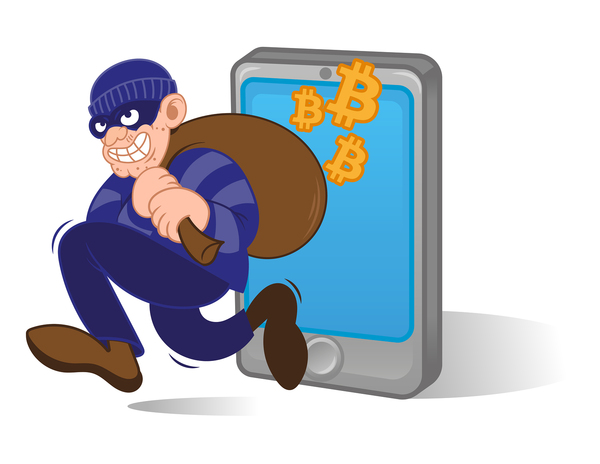
While bitcoin and altcoins have gained a lot of traction over the past year or so, this new technology may still not be ready for the limelight due to the usability issues around properly securing private keys.
Private keys are what signify who has control over specific coins on a particular blockchain. The individual or entity who holds the private key to a particular address is the only one who has the power to send the coins connected to that address elsewhere.
For this reason, those who wish to profit from the new age of finance must understand how to properly secure their private keys. After all, a winning bet on a particular digital asset will only lead to actual profits if the associated private keys are kept secure from theft or user error.
Let’s take a closer look at how to make sure your bitcoin and altcoins are secure.
Cold Storage
Anyone investing in bitcoin or altcoins should understand that long-term holding of these digital assets (as opposed to short-term speculation) will usually be the best option for turning a profit; therefore, cold storage should also be the best option for keeping the coins safe.
Cold storage is a method of holding private keys on a computer or other medium that is not connected to the internet at all. By taking the keys off of an internet-connected device, there is no possibility for the coins to be stolen by malicious software, which may be more common than you realize.
There are a variety of different types of cold storage, but the two most common forms are hardware wallets and paper wallets.
A hardware wallet, such as a Ledger or Trezor, is a device that can be connected to a computer through its USB port. The private keys are stored on the hardware wallet, and they are inaccessible to the host computer. This means transactions can be signed without subjecting the private keys to a lower-security environment.
With a paper wallet, the private key is written down or printed on a piece of paper, usually in the form of a twelve to a twenty-four-word passphrase. Multiple copies can be made, and the passphrase can even be broken up into multiple parts to avoid a single point of failure.
Of course, for a paper wallet to be secure, the wallet’s passphrase also needs to be generated in a secure, offline environment.
Once you’ve taken your private keys from the digital world to the physical world, it becomes much easier to understand how to properly secure them against theft.
Related Stories:
What Is Cold Storage in Cryptocurrency Investing?
What Are Public and Private Keys for Bitcoin Wallets?
Bitcoin Wallets and International Law: What Investors Should Know
Better Security for Traders and Other Users
If you want to do more than just sit on your bitcoin and altcoins, then you’ll likely need to know about more than just cold storage. For now, these cold storage solutions still make things a bit cumbersome when it comes to making payments or trading on exchanges.
While you should always keep the vast majority of your coins in offline storage, you can also keep a smaller amount on your mobile phone when making actual payments. A good analogy to use here is that your cold storage coins are like your savings account and the coins on your phone are like cash in your pocket.
If you like to trade on exchanges rather frequently, then you should activate two-factor authentication on your accounts for better security. Additionally, you will want to avoid using SMS-based forms of two-factor authentication because they’ve proven to be insecure (see this blog post from Kraken for details). Instead, use something like Google Authenticator, which cannot be hijacked through a SIM swapping attack.
The key takeaway here is that you must understand proper methods of securing bitcoin and altcoins before putting large sums of money into these assets. You will only be able to profit from the cryptocurrency revolution if you’re able to securely store your private keys. Additionally, those keys may become bigger targets for hackers and other criminals if the prices of these digital assets continue to rise over the long term.
Get Kyle Torpey’s “The Big Picture” every week in your inbox. Subscribe to the Bitcoin Market Journal newsletter here!

